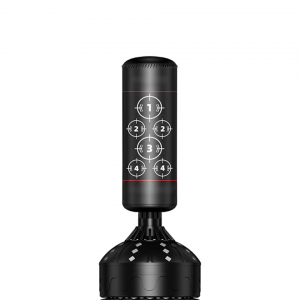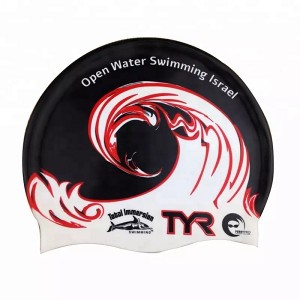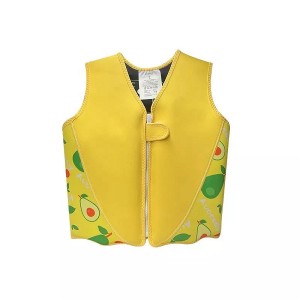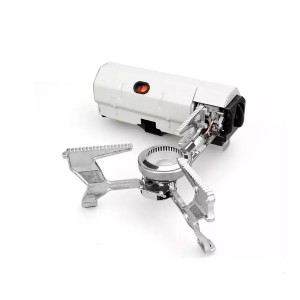Product Image
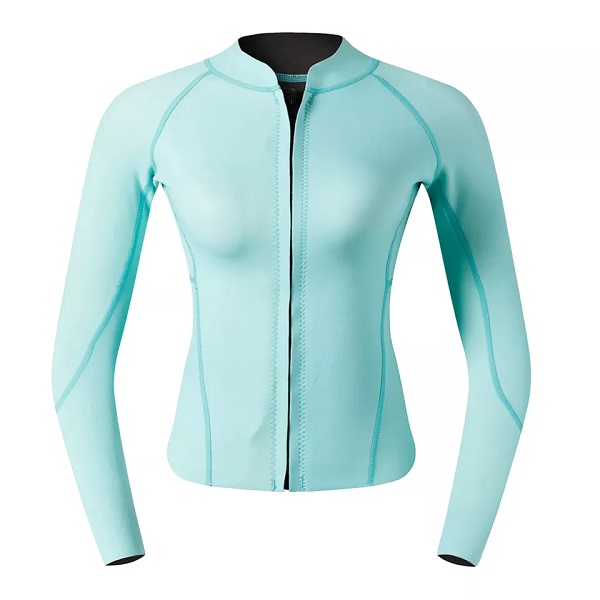
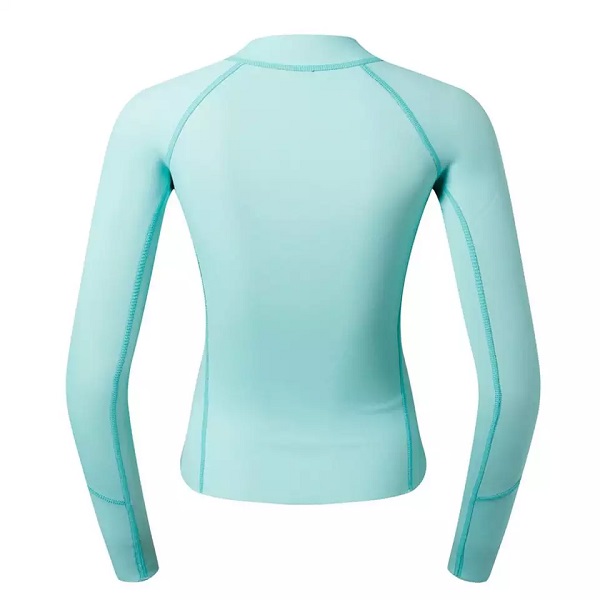
Packaging & Delivery
vacuum package+carton/customer's requests
Lead Time:
| Quantity(pieces) | 1 - 5 | >500 |
| Est. Time(days) | 5-7 | To be negotiated |
Features
wet suit
The body is completely isolated from the water when wearing a dry suit. Depending on the temperature of the water, you can wear a sweater inside to help with insulation. It is only used after training and for diving in cold climates.
Dry suits are more common in cold water, but they are more expensive than wet suits and are mostly one-piece. Drysuits made of at least three materials: foam, synthetic rubber, and nylon. Due to special waterproof zippers and other accessories such as a dry diving inflation vent, dry suits are much more expensive than wet suits (since air must be injected into and out of the dry suit to maintain neutral balance, so The drysuit has a line from the medium pressure port on the first stage of the regulator to the inflation of the drysuit).To control and use inflation in a drysuit, special training is required. To maintain and maintain the dry suit, soak it in clean water after diving, avoid sunlight exposure, and store it in a ventilated and cool place as much as possible. To avoid irreversible wrinkles from the foamed synthetic rubber, the zipper should be lubricated frequently and not folded for an extended period of time.
wetsuit
Wet wetsuits are the most commonly used wetsuits. They are made of foamed rubber and generally have a thickness ranging from 1.5mm to more than 10mm. The infiltrated cold water is isolated by the clothes and will not penetrate out again, and will quickly become heated by body heat conduction. The isolation of inactive air bubbles can prevent the loss of body heat, and a fitted wetsuit can reduce the flow and exchange of internal and external water as much as possible, and the better the isolation effect.Second, the wetsuit must fit properly. The less exchange of seawater and the outside world that occurs between the wetsuit and the body, the better the wetsuit's thermal insulation effect. Nylon and lycra are the most common wetsuit fabrics. Because the central lining of these two fabrics is foam rubber, wetsuits made of the two fabrics have the same thermal effect as long as the thickness is the same.
-
Heavy sandbag training target boxing sandbag
-
ski board binding for NNN
-
Custom Logo Printed Sports Diving Waterproof Si...
-
Factory supply life vest jacket neoprene life v...
-
Top Quality Brand Waterproof Leather Stand Golf...
-
Outdoor folding portable camping gas stove surv...


